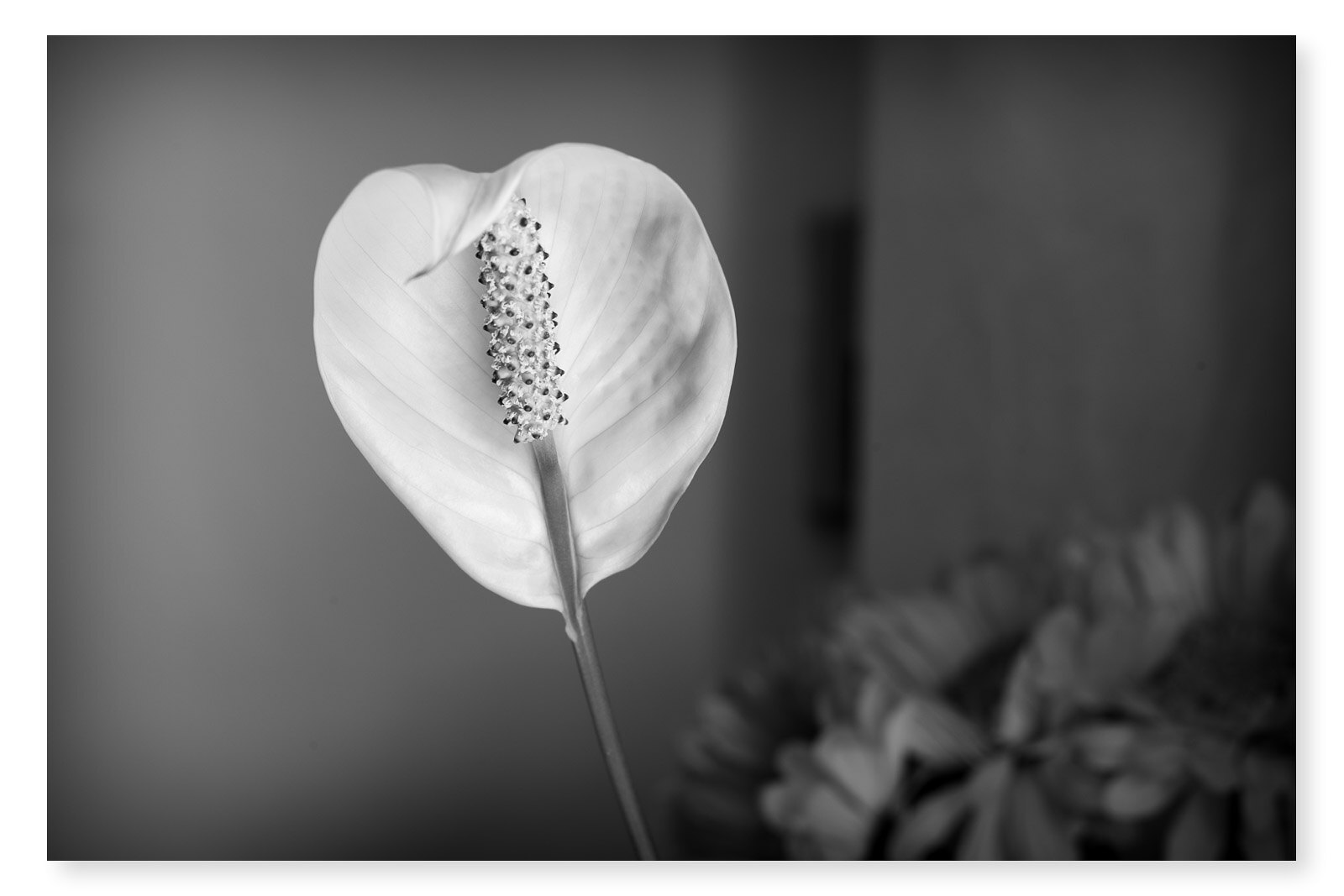The 240 and 262 models were much better cameras
That covers a lot of territory and is pretty vague. I am going to guess you are saying you liked them better.
You and I have conversed enough, and you have certainly read enough of my blatherings on this forum, that you should recognize that I never say "I like something" without being able to articulate clear, concrete reasons why I said that.
The 240 and 262 versions of the Leica M improved on the M9 in many ways, some of which included ...
- a sensor with better sensitivity and better dynamic range at base ISO, and less noise as ISO is increased
- improved responsiveness of the shutter release
- a quieter shutter, and the elimination of the slow, noisy shutter recock cycle
- improved layout of the menus and commands
- better ergonomics in the shape and positioning of the discrete controls (thumbwheel, four-way pad, etc)
- vastly improved battery, with more storage capacity, more exposures per charge
- sensor improvements that effected improved imaging qualities with a wider range of lens designs (less falloff, less color shifting, etc)
- structurally more secure tripod mount (the M9 tripod mount is a part of the base plate, the later bodies tripod mount is part of the body structure independent of the base plate)
- improved rangefinder optics and clarity
- for the 240 model, additional Live View and other features that prove useful for many niche uses (lens adaptability, close up and extreme telephoto work, more metering options, etc)
- a usable JPEG engine without the weird color casts of the M9 JPEG rendering
... amongst others.
Yes, I "like" the 240 and 262 series M bodies much more than the M9. They are, simply, much better performing cameras, and I like that. Because of that, I shed no tears when my M9 sensor failed and I was offered the option to upgrade to the 240 model at a modest price.
The M10 model improves upon the 240 and 262 yet again in quite a few significant ways, which is one of the reasons I now have an M10 Monochrom.
G


